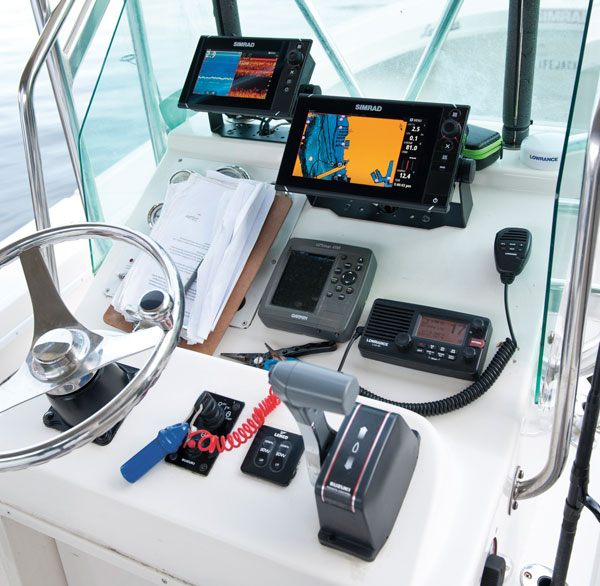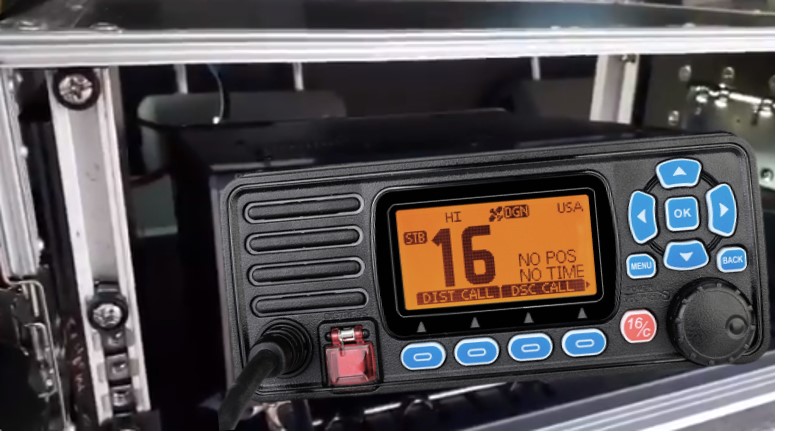How to use a VHF radio correctly is an essential boating skill

You don’t want to be fumbling about trying to remember the training when you really need it.
You, as skipper, should have a good understanding of how it works, how to adjust it and how to send an emergency message. Ideally, at least one other person aboard should also have a working knowledge of the basics.
For local boating (and as a back-up) a handheld radio might be enough, however a fixed set has more power and better features, and when combined with a taller aerial, will allow you to receive and transmit over a significantly longer distance.
The first thing you need to know is how to turn it on – many newer sets are not as intuitive as you might think. Once on, turn it up to half volume so there is something to listen to, now adjust the squelch.

Turning the squelch up reduces unwanted background noise but also reduces its sensitivity, so aim to set the squelch as low as possible to maximise its reception. Be sure you do this every time you venture out.
Speaking into a VHF also requires practice, try to speak louder, slower and enunciate your words so that everything you say is as clear and precise as possible.
The DSC function is similar to sending a text message except that the text is already composed, you just choose who to send it to.
The red distress button on the face plate of most modern radios simply requires pressing for five seconds for it to send a Mayday message to All Stations, including the coastguard.
The message contains your MMSI, GPS position and time; using the menu function you can also add a reason for the distress such as fire, sinking etc.
This Mayday DSC transmission must now be followed up with a spoken Mayday message, hence the reason for having a prepared card to make this easier.
The DSC menu also allows you to carry out a radio check with a simple button push instead of having to trouble another vessel or coastguard stations.
An almanac will have all the local channels for marinas, ports and other facilities. Get to know your set and your area so that you become comfortable using it. It’s a really helpful tool as well as a vital piece of safety equipment.






